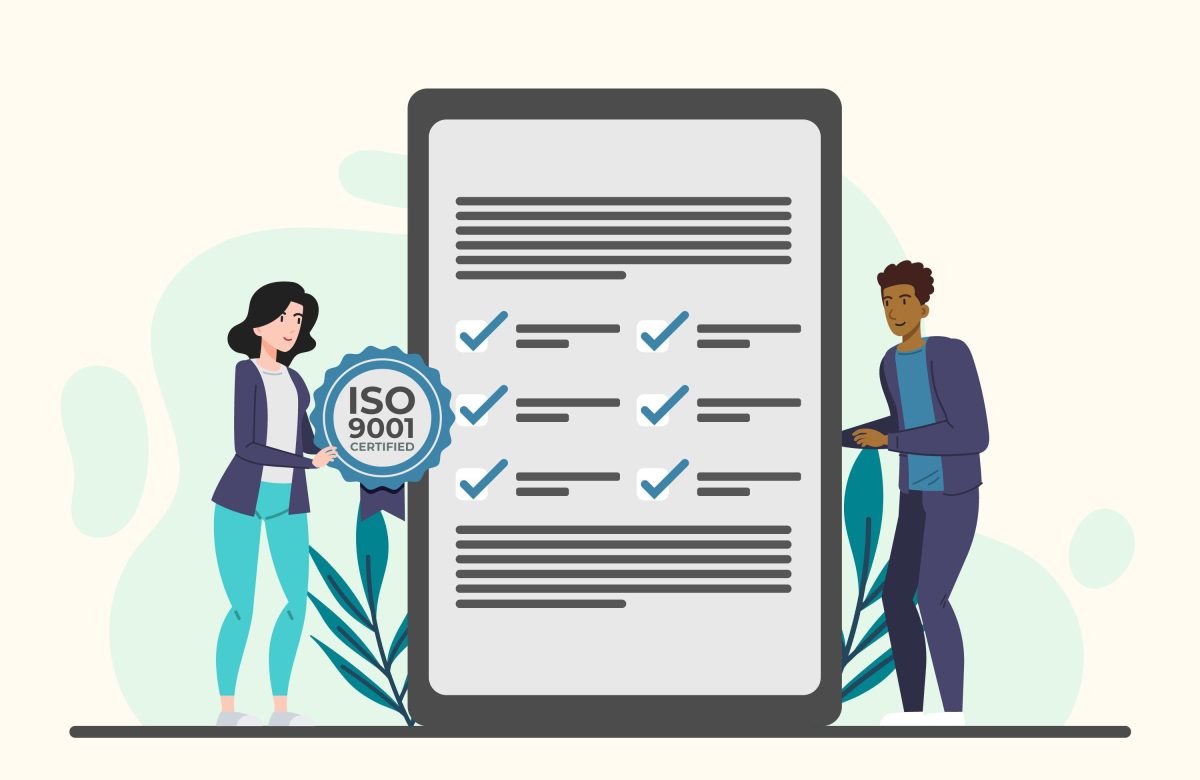How to create an effective customer segmentation strategy

In the vast landscape of modern marketing, one-size-fits-all approaches no longer suffice. The key to resonating with your target audience lies in understanding their diverse needs, preferences, and behaviors. This is where an effective customer segmentation strategy comes into play. By dividing your customer base into distinct segments based on shared characteristics, you can tailor your marketing efforts to deliver personalized experiences that truly resonate. In this blog, we’ll delve into the essential steps to create a robust customer segmentation strategy that drives engagement, conversion, and customer satisfaction.
12 Ways To Create An Effective Customer Segmentation
1. Collect and Analyze Data
The foundation of a successful customer segmentation strategy lies in data. Collect comprehensive data about your customers’ demographics, behaviors, purchasing patterns, preferences, and interactions with your brand. This data serves as the building blocks for creating meaningful segments.
2. Define Clear Objectives
Before diving into segmentation, establish clear objectives. Are you looking to increase conversion rates, improve customer retention, or launch targeted marketing campaigns? Setting measurable goals will guide your segmentation efforts and ensure alignment with your overall business strategy.
3. Segmentation Variables
Choose the segmentation variables that are most relevant to your business and marketing goals. These variables can include demographic factors (age, gender, location), psychographic traits (lifestyle, values, interests), behavioral patterns (purchase frequency, online activity), and more. The variables you select should provide actionable insights for crafting personalized experiences.
4. Segmentation Criteria
Once you’ve identified your segmentation variables, determine the criteria that define each segment. For example, if you’re segmenting based on purchasing behavior, you might create segments like “frequent buyers,” “occasional buyers,” and “first-time buyers.” The criteria should be clear, distinct, and mutually exclusive.
5. Data Analysis and Clustering
Utilize data analysis techniques to cluster customers with similar characteristics into distinct segments. Techniques such as cluster analysis can help identify patterns and relationships within your data, guiding the creation of meaningful segments. Ensure that the clusters are homogeneous within each segment and exhibit notable differences between segments.
6. Segment Profiling
Create detailed profiles for each segment. Understand their motivations, pain points, preferences, and behaviors. This profiling allows you to craft targeted messages and offers that resonate with each segment’s unique needs.
7. Prioritize Segments
Not all segments are equally valuable to your business. Prioritize segments based on factors such as potential for growth, purchasing power, and alignment with your business objectives. Focusing on high-priority segments ensures efficient allocation of resources.
8. Tailored Marketing Strategies
Craft marketing strategies that are tailored to each segment’s characteristics. Develop content, messaging, and offers that address the specific pain points and interests of each group. This personalized approach enhances engagement and conversion rates.
9. Test and Optimize
Customer segmentation is an ongoing process. Test the effectiveness of your segmentation strategy by monitoring key performance indicators (KPIs) such as conversion rates, click-through rates, and engagement metrics. Use these insights to fine-tune your segments and adjust your marketing strategies accordingly.
10. Integration with Customer Relationship Management (CRM)
Integrate your customer segmentation strategy with your CRM system. This integration ensures that customer data is up-to-date and enables you to deliver consistent experiences across various touchpoints.
11. Dynamic Segmentation
Customer behavior and preferences evolve. Implement dynamic segmentation that adapts to changes in customer interactions and characteristics. Regularly update and refine your segments to ensure they remain relevant.
12. Ethical Considerations and Privacy
Respect customer privacy and ethical considerations when utilizing customer data for segmentation. Obtain necessary consents, adhere to data protection regulations, and ensure transparent communication about how customer data is used.
Conclusion
In the age of personalization, an effective customer segmentation strategy is the key to creating tailored experiences that resonate with your audience. By collecting and analyzing data, defining clear objectives, selecting relevant segmentation variables, clustering data, profiling segments, prioritizing valuable groups, tailoring marketing strategies, testing and optimizing, integrating with CRM, implementing dynamic segmentation, and ensuring ethical practices, you can craft a segmentation strategy that drives engagement, conversion, and customer loyalty. Remember, effective segmentation is not just about dividing customers; it’s about understanding them deeply and delivering experiences that genuinely connect.




